The convenience and popularity of ready-made costumes today have gradually made traditional costumes become formal and performance costumes during holidays, cultural festivals, and art festivals. Sitting at a loom to perform the technique of spinning linen thread during the Cultural, Sports and Tourism Festival of the Northeast Ethnic Groups in Lang Son province, Ms. Giang Thi Say, a H'Mong from Can Ty commune, Quan Ba district, Ha Giang province, said that the process of making a traditional costume of the H'Mong people is very elaborate and time-consuming, from spinning linen, weaving thread, dyeing fabric, embroidering, decorating motifs... Therefore, although traditional costumes are still used, they have been improved quite a lot.
The dress she is wearing is a concrete example. The industrial fabric is sewn in a traditional style. The accessories, patterns, motifs and combinations are also interwoven with many new and innovative styles.
Not only is it a sign of ethnic identity, traditional costumes also contain unique values about ethnic culture. Each costume has its own story, containing messages about the life and creative thinking of the community. The system of symbols, patterns, and decorative motifs on costumes also reflects the living environment as well as the spiritual beliefs, faiths, and spiritual values of that nation.
But the reality is that in areas where there is cultural exchange and many ethnic groups living together, the level of hybridization and transformation of traditional costumes there is very strong. The mixture distorts the original elements, loses the characteristic elements and makes it even difficult to recognize the costumes of any ethnic group.
Faced with this situation, the preservation of traditional costumes of ethnic minorities is being carried out with many solutions. The Ministry of Culture, Sports and Tourism has issued a Project to preserve traditional costumes of ethnic minorities in Vietnam, to be implemented until 2030. One of the goals is to preserve, promote and use traditional costumes more commonly in the lives of ethnic minorities.
To preserve and increase the popularity of traditional costumes of ethnic minorities, many localities and units have also taken appropriate measures. Tua Chua District Boarding High School for Ethnic Minorities, Dien Bien Province is currently nurturing andeducating more than 400 children of the H'Mong, Thai, Hoa, Kho Mu, Dao ethnic groups...
For convenience in studying and living, students wear modern clothes every day. However, the school also requires students to wear traditional national costumes every Monday and on holidays and Tet during the year.
In the context of tourism being identified as an economic sector, indigenous culture is an abundant resource and resource for tourism development, many localities choose the solution of developing cultural tourism in ethnic minority areas, building a number of models to preserve indigenous cultural values. Cao Bang is a typical example of this direction. Local authorities guide people to choose and exploit the characteristics of traditional costumes to create new tourism products.
The Dao Tien community in Hoai Khao hamlet, Quang Thanh commune, Nguyen Binh district, has not been involved in community tourism for long, but the small hamlet has welcomed many groups of visitors to stay and experience tourism products related to traditional costumes, which is quite interesting. The attraction of tourism comes from experiencing and practicing the techniques of indigo dyeing, embroidering patterns, and printing traditional patterns with beeswax.
In addition, people know how to exploit motifs simulating tiger footprints, chrysanthemums, sawtooth shapes, etc. to put on souvenir products such as bags, wallets, scarves, pillowcases; at the same time, they can tell interesting stories related to ethnic culture from these symbolic images.
Similarly, at the space for displaying, introducing and selling traditional products of Khuoi Khon community cultural village, Kim Cuc commune, Bao Lac district, traditional handmade costumes are also exploited as a tourism product. In addition to the original traditional costumes for sale with high economic value, brocade fabrics, motifs and patterns with symbolic symbols of the Lo Lo people are used to make phone bags, baby slings, bed sheets, etc. People have proactively interacted, guided tourists to try on traditional costumes, how to weave fabrics, and shared about the technique of wrapping three-layer head scarves.
Regarding the preservation of traditional costumes, some localities also have plans to restore cotton growing areas and the craft of weaving and dyeing fabrics by hand.
Exploiting the identity of traditional costumes as a tourism product is one of the solutions to contribute to preserving traditional costumes, but it is not strong enough to stimulate shopping and create motivation for people to restore the traditional weaving profession.
In the coming time, to make the conservation work more effective, the cultural sector needs to conduct systematic and systematic research on the typical cultural elements on costumes, the meaning of embroidery art and decorative patterns, thereby guiding people on how to selectively exploit and design fashion products that both ensure authenticity and inherit and promote the unique values of traditional costumes. Training to improve sewing skills so that ethnic minority women can make sophisticated, eye-catching, and fashionable products is also very important.
More broadly, provinces with similar culture and terrain can study the linkage to create raw material areas, production process chains from cotton growing, weaving, flax pounding, spinning, embroidery, exploiting materials, typical elements of traditional costumes, applying embroidery or fabric patching techniques... in creativity to design fashion products with regional cultural characteristics, thereby forming brands and enhancing the value of tourism products.
Source: https://nhandan.vn/bao-ton-trang-phuc-truyen-thong-qua-san-pham-du-lich-post877840.html






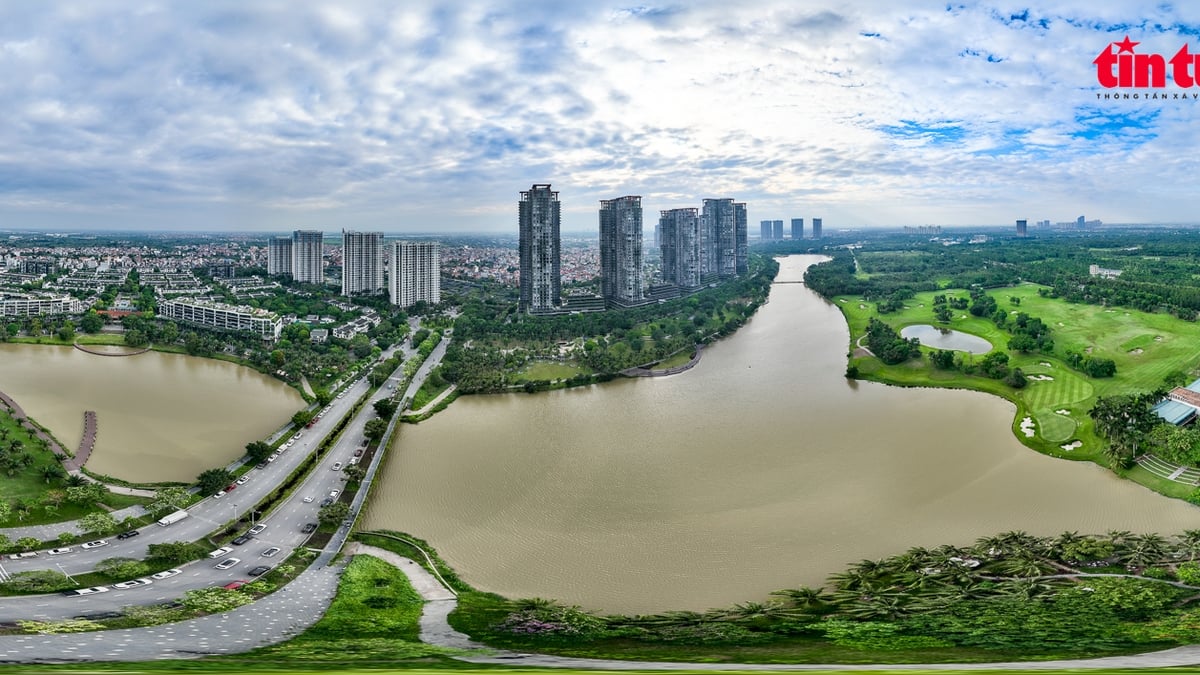

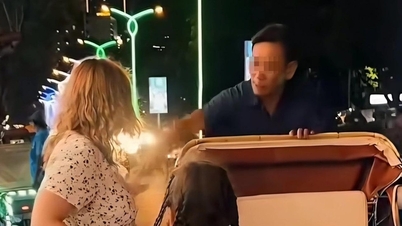




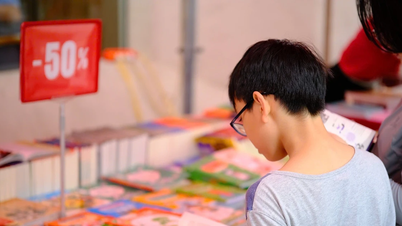

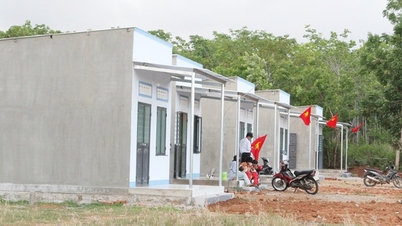







![[Photo] Warm cultural exchange program between Vietnamese and Chinese women and children](https://vphoto.vietnam.vn/thumb/402x226/vietnam/resource/IMAGE/2025/5/31/d1a2416767494e1e8af631b8bb8cb16f)
![[Photo] Crane falls on container truck and car at traffic construction site](https://vphoto.vietnam.vn/thumb/402x226/vietnam/resource/IMAGE/2025/5/31/a8d3ae08da324cfe8ee406174c0eacc4)
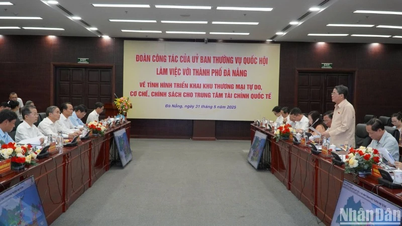











































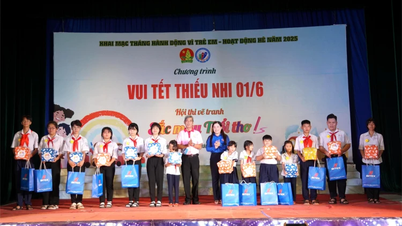


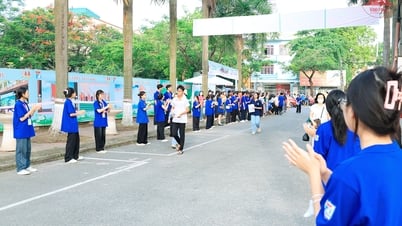

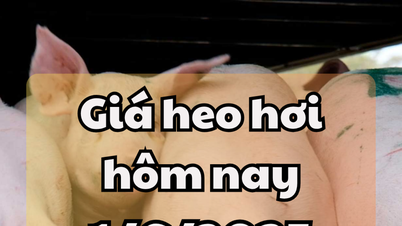

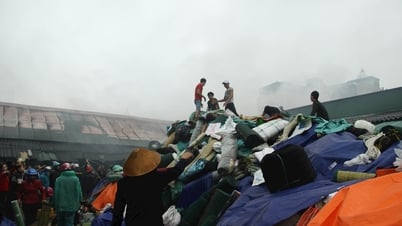

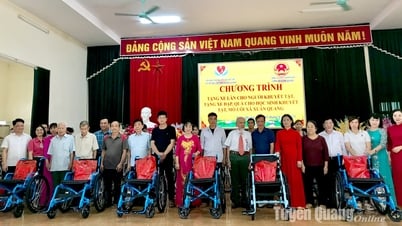



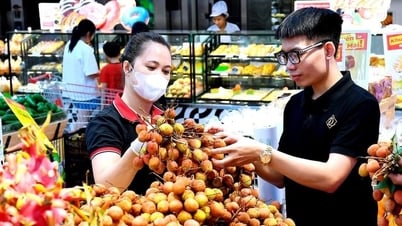








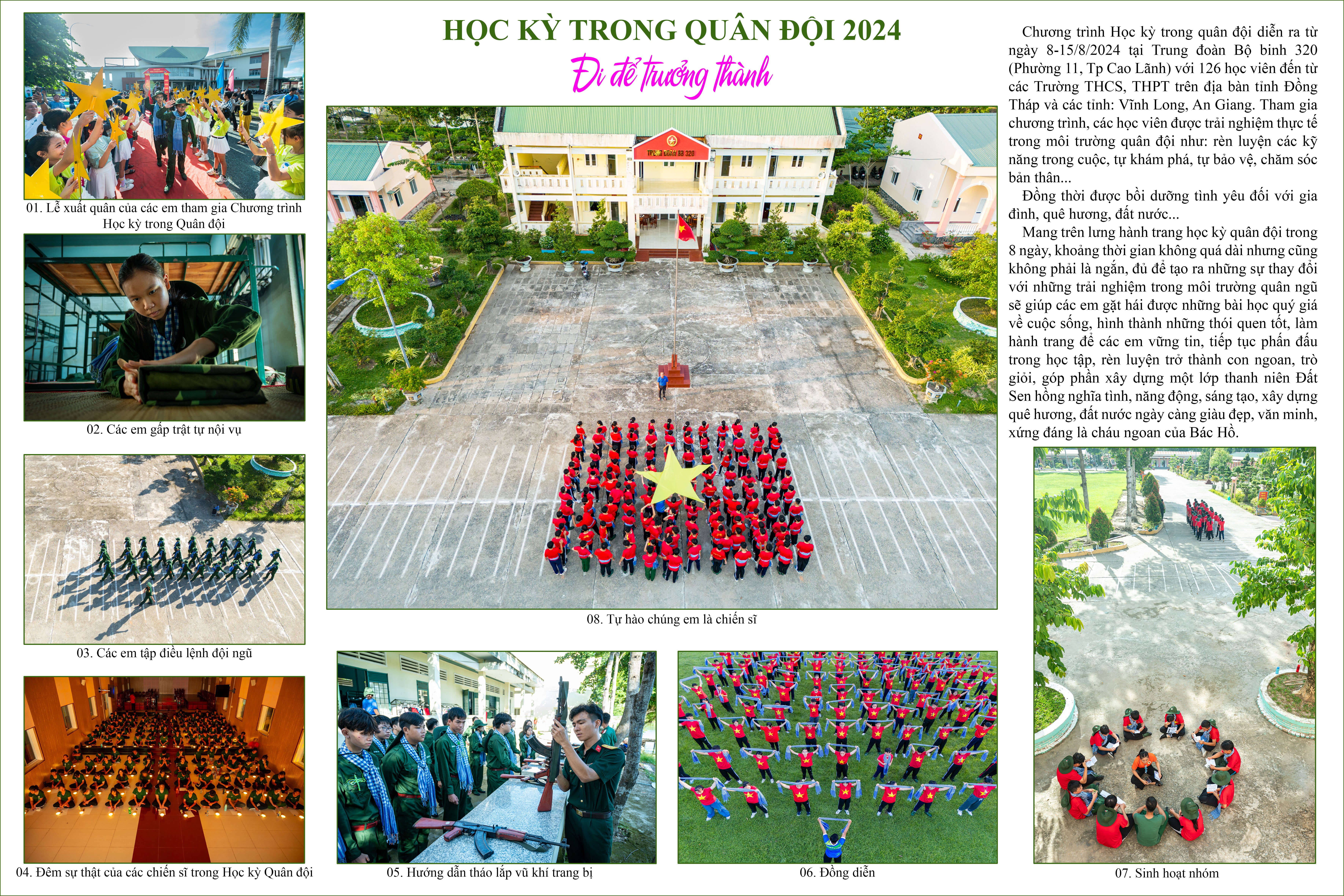



Comment (0)